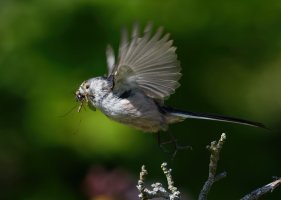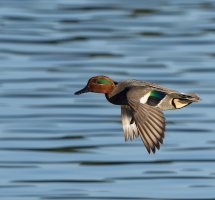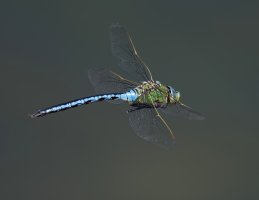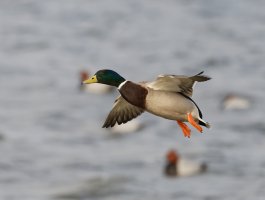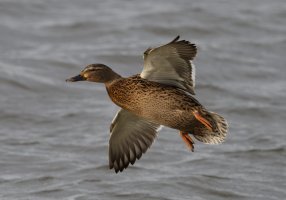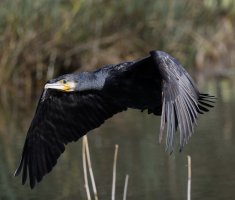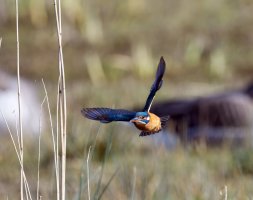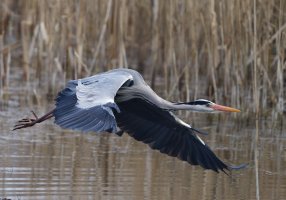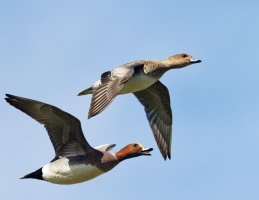Another example of your not reading posts @Czardoom who has being saying the same as me throughout has stated specifically in his reply to you that we were not discussing pixel-shift technology but the resolution of sensors.But yet again you are not addressing my basic argument, i.e. that a camera that can only achieve hi-res by pixel-shift and its associated motion blurring and weird artefacts will produce images technically and aesthetically inferior to those from a camera with *native* hi-res.
And, if the pixel-shift hi-res is impossible to implement at fast burst speeds without the camera locking up every 2 seconds, followed by a 16 second wait before it becomes operable again, then in terms of usability, it is vastly inferior (for BIF) to a camera with native hi-res that can shoot fast bursts without aforesaid lockups and delays.
Phew!
Sorry. You must have misunderstood. I am not talking about pixel shift. I am referring to pixel size, often referred to as pixel pitch. So, while 20 MPs sounds like a low resolution, on a M4/3's camera, it is high resolution. Higher than the R5, A1, Z9, etc.
Last edited:
Upvote
0

